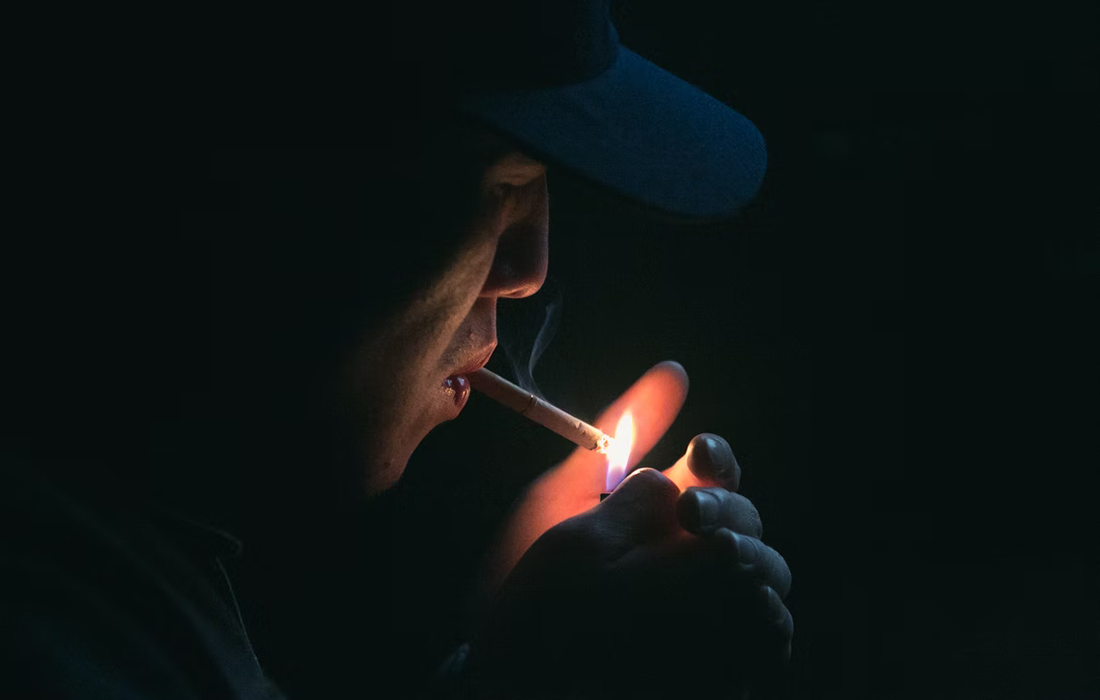Stem Cell Therapy for Specific Conditions
Mesenchymal Stem Cells in Addiction Related Hippocampal Damages
Addiction is defined as a chronic disease with obligation to take drugs or alcohol, no control on restraining intake, and having negative emotional feelings during withdrawal period. Addiction doesn’t just affect the addict’s life, but also it has a huge burden on the society and economy.
It has been revealed that the addictive agents have a great anatomical and physiological impact on the brain centers, resulting in psychological, behavioral, and sensory-motor changes.
Our brain has the ability to produce new neural stem/progenitor cells (NSPCs) during adulthood. The hippocampus might be the most plastic region of the brain, where granular cells in the dentate gyrus are born in adulthood.
Addictive drugs and alcohol can regulate NSPCs by a variety of mechanisms. Addictive drugs also activate microglia and astrocytes via toll-like receptor 4 (TLR4), leading to the release of pro-inflammatory cytokines, and reactive oxygen species which in turn, promote neuronal death in hippocampus and other brain regions.
In a study published in the International Journal of Molecular and Cellular Medicine, researchers did a review study on the role of Mesenchymal stem cells (MSCs) derived from bone marrow in addiction related hippocampal damages.
The researchers highlighted how the impairment of stem cells’ function has been proven to be the underlying cause of pathologic neuroadaptations in the brain, the use of stem cell populations has shown promising results for re-modulating the neuronal status in the brain, and especially in the hippocampus.
According to the researchers numerous experiments in animal models have shown promising results after hippocampal transplantation of bone marrow MSCs in psychological disorders like depression and alcohol abuse.
More studies are required in order to evaluate their use in humans but current animal studies have shown promising results.
Source:
Rafaiee R, Ahmadiankia N. Bone Marrow Derived Mesenchymal Stem Cells in Addiction Related Hippocampal Damages. Int J Mol Cell Med. 2018;7(2):69-79. doi:10.22088/IJMCM.BUMS.7.2.69
Image from:

